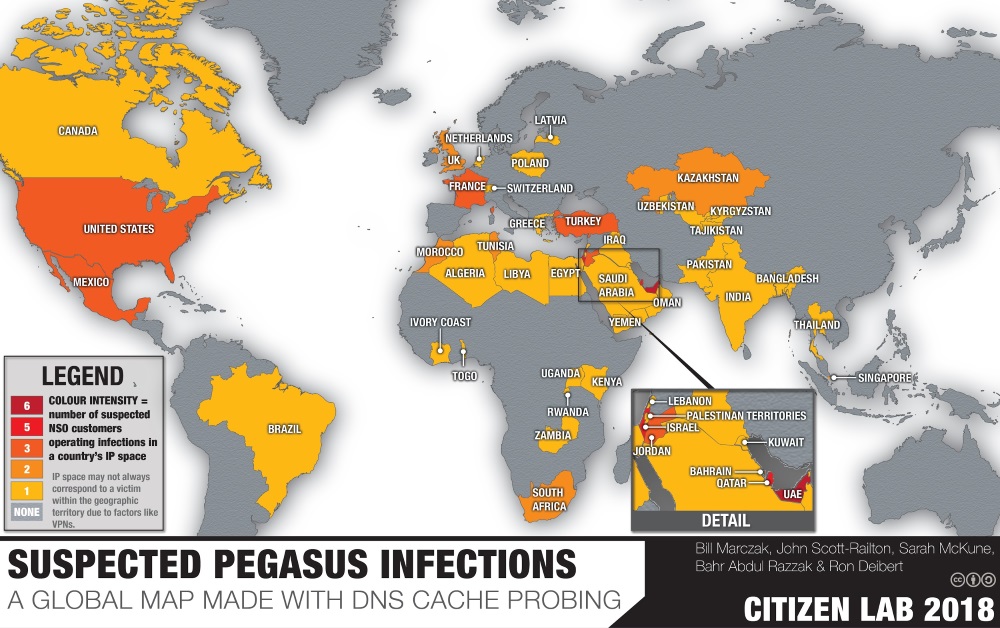Web services are a type of software that allows different systems and applications to communicate and exchange data with each other over the internet. They are typically accessed using standard protocols such as HTTP or HTTPS and can be called upon to perform specific tasks or to provide access to specific data or functionality.
Advantages to using web services
- Interoperability: Web services allow different systems and platforms to communicate and exchange data with each other, regardless of their underlying technology or programming language. This makes it easier to integrate different systems and build complex, multi-tiered applications.
- Reusability: Web services can be reused in different contexts, which means that they can be called upon to perform specific tasks whenever they are needed. This makes it easier to build and maintain complex systems, as well as to scale applications as needed.
- Ease of integration: Web services can be easily integrated into existing systems and applications, which makes it possible to add new functionality or capabilities without having to rebuild the entire system.
- Loose coupling: Web services are designed to be loosely coupled, which means that they can be changed or updated without affecting the rest of the system. This makes it easier to maintain and evolve complex systems over time.
- Flexibility: Web services can be accessed from any device or platform that has an internet connection, which makes them highly flexible and portable. This makes it possible to build and deploy applications that can be used on a wide range of devices and platforms.
Example of how a web service might be used
Imagine that you have a website that sells products online. You want to provide your customers with the ability to track their orders in real time, so you decide to integrate a web service provided by a shipping company into your website.
To do this, you would make a request to the shipping company’s web service, passing along the tracking number for the customer’s order. The web service would then look up the tracking information and return it to your website, which could then display it to the customer.
In this example, the web service provided by the shipping company allows your website to access real-time tracking information without having to build and maintain its own tracking system. This saves time and resources and makes it easier to provide a better experience for your customers.
Web services are an important and powerful tool for building and integrating complex systems and applications, and they are used in a wide range of industries and contexts. Whether you are a software developer, IT professional, or just someone who uses technology on a daily basis, understanding how web services work and the benefits they provide is an essential part of being proficient in the field.
Web services can be classified into two main categories
- SOAP (Simple Object Access Protocol)
- REST (Representational State Transfer).
SOAP web services are based on the SOAP protocol, which is a widely used standard for exchanging data over the internet. SOAP web services use XML (eXtensible Markup Language) to define the structure of the data being exchanged, as well as to specify the operations that can be performed. SOAP web services are typically used in enterprise environments where security and reliability are important considerations.
RESTful web services, on the other hand, are based on the REST architectural style, which is a lightweight and flexible approach to building web services. RESTful web services use HTTP (Hypertext Transfer Protocol) as their underlying protocol, and use HTTP methods such as GET, POST, PUT, and DELETE to perform operations on data. RESTful web services are often preferred for their simplicity and ease of use and are commonly used in web-based applications and mobile apps.
In addition to these two main categories, there are also other types of web services, such as JSON-RPC (JavaScript Object Notation Remote Procedure Call) and XML-RPC (eXtensible Markup Language Remote Procedure Call), which use different formats and protocols to exchange data.
Web services are an essential part of modern software development, and are used to build and integrate a wide range of systems and applications. Whether you are building a web-based application, a mobile app, or a complex enterprise system, understanding how web services work and the benefits they provide is an important skill to have in today’s technology-driven world.
Tools used to build and use web services
There are many different tools and technologies that can be used to build and consume web services, including:
- Web service frameworks: Web service frameworks are software libraries or frameworks that provide tools and utilities for building and deploying web services. Examples of web service frameworks include Apache CXF, Spring Web Services, and Microsoft WCF (Windows Communication Foundation).
- Web service clients: Web service clients are software programs or libraries that can be used to make requests to and consume responses from web services. Web service clients can be written in any programming language, and are usually designed to be easy to use and integrate into other systems.
- Web service testing tools: Web service testing tools are used to test and debug web services, to ensure that they are working correctly and delivering the expected results. Examples of web service testing tools include SoapUI, Postman, and ReadyAPI.
- Web service monitoring tools: Web service monitoring tools are used to monitor the performance and availability of web services, to ensure that they are functioning correctly and meeting the needs of users. Examples of web service monitoring tools include New Relic, AppDynamics, and Dynatrace.
In addition to these tools and technologies, there are also many best practices and standards that should be followed when building and consuming web services. These include standards such as WS-Security, which defines a set of security standards for web services, and WS-Policy, which defines a framework for specifying the capabilities and requirements of web services.
By following best practices and standards, and by using the right tools and technologies, developers can build robust and reliable web services that can be easily integrated into other systems and applications.
Use of web services
Web services can be used to build a wide range of systems and applications, including:
- Web-based applications: Web services can be used to build web-based applications that can be accessed from any device or platform with an internet connection. Web services can be used to provide access to data and functionality, or to perform specific tasks on behalf of the application.
- Mobile apps: Web services can be used to build mobile apps that can access data and functionality from a server-side application or database. Web services are often used to provide access to data such as product information, user accounts, and other types of content.
- Enterprise systems: Web services can be used to build complex enterprise systems that integrate with other systems and applications. Web services can be used to exchange data between different systems, or to perform specific tasks on behalf of the enterprise system.
- Microservices: Web services can be used to build microservices, which are small, independent units of functionality that can be easily scaled and deployed. Microservices are often used to build large, complex systems that can be easily maintained and evolved over time.
Regardless of the type of system or application that you are building, web services can be a powerful tool for integrating different systems and providing access to data and functionality. By using web services, developers can build robust and scalable systems that can be easily maintained and updated over time.
Web service examples (PHP)
Here are some examples of how to create a web service using PHP:
- Creating a SOAP web service:
<?php
// create a new soap server
$server = new SoapServer(null, array('uri' => "http://example.com"));
// register a function that can be called from the soap client
$server->addFunction('sayHello');
// define the function
function sayHello($name) {
return "Hello, " . $name;
}
// handle a soap request
$server->handle();
?>- Creating a RESTful web service:
<?php
// set the content type to json
header('Content-Type: application/json');
// handle a GET request
if ($_SERVER['REQUEST_METHOD'] === 'GET') {
// return some data as json
echo json_encode(array(
'name' => 'John Doe',
'age' => 30
));
}
// handle a POST request
if ($_SERVER['REQUEST_METHOD'] === 'POST') {
// read the post data
$data = json_decode(file_get_contents('php://input'), true);
// process the data and return a response
echo json_encode(array(
'success' => true,
'message' => "Hello, " . $data['name']
));
}
?>These are just a couple of examples of how you can create a web service using PHP. There are many other options and approaches that you can use, depending on your specific needs and requirements.
Web service examples (Java)
Here are some examples of how to create a web service using Java:
- Creating a SOAP web service:
import javax.jws.WebMethod;
import javax.jws.WebService;
import javax.xml.ws.Endpoint;
@WebService
public class HelloWorld {
@WebMethod
public String sayHello(String name) {
return "Hello, " + name + "!";
}
public static void main(String[] args) {
Endpoint.publish("http://localhost:8080/hello", new HelloWorld());
}
}- Creating a RESTful web service:
import javax.ws.rs.GET;
import javax.ws.rs.Path;
import javax.ws.rs.Produces;
import javax.ws.rs.core.MediaType;
@Path("/hello")
public class HelloWorld {
@GET
@Produces(MediaType.TEXT_PLAIN)
public String sayHello() {
return "Hello World!";
}
}These are just a couple of examples of how you can create a web service using Java. There are many other options and approaches that you can use, depending on your specific needs and requirements.


